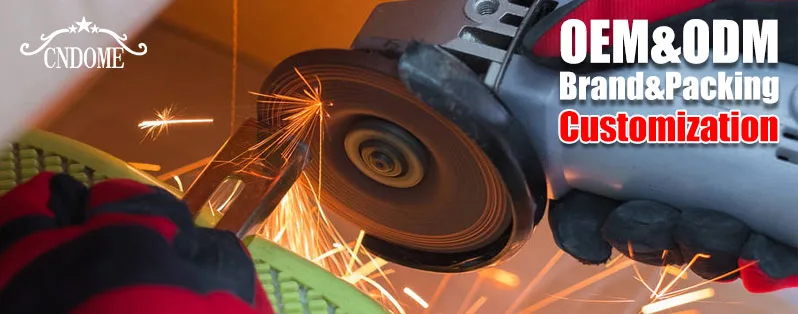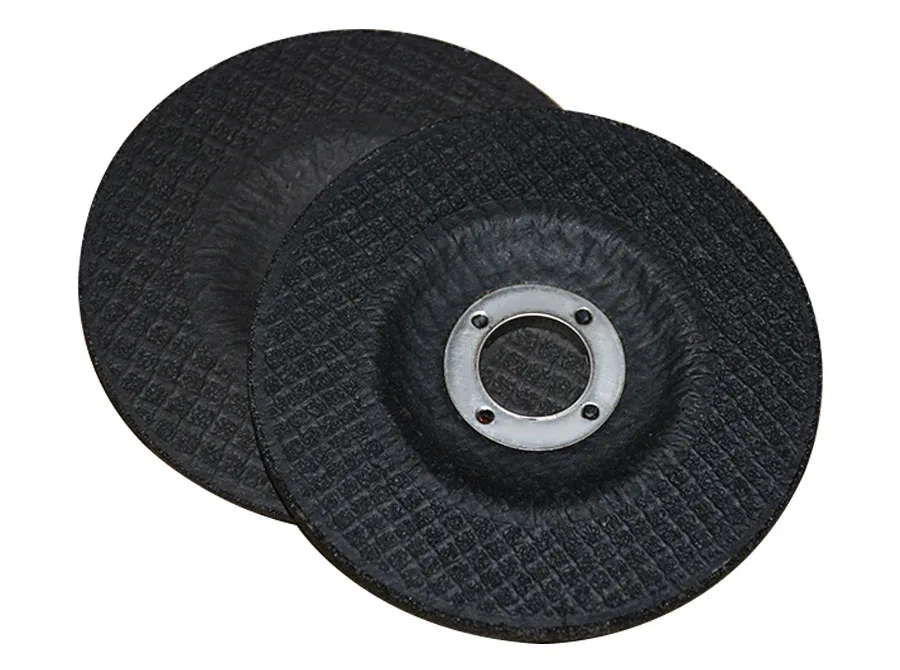In the realm of metalworking, the unsung heroes are often the tools that enable artisans and craftsmen to shape and refine their creations. Among these indispensable tools is the metal grinding wheels, a robust and versatile implement that plays a pivotal role in achieving precision and excellence. In this blog post, we will unravel the secrets behind the metal grinding wheel, exploring its components, applications, and tips for optimal usage.
1. Anatomy of a Metal Grinding Wheel:
A metal grinding wheel is a composite tool comprised of abrasive grains held together by a bonding material. Understanding its anatomy is crucial for maximizing its efficiency.
Abrasive Grains: Typically made of aluminum oxide, silicon carbide, or a blend of these materials, the abrasive grains determine the wheel’s cutting ability and durability.
Bonding Material: The bonding material holds the abrasive grains in place and influences the wheel’s strength and resilience. Resin, vitrified, and metal are common bonding agents.
Structure: Grinding wheels can have an open or closed structure, impacting their cutting efficiency. An open structure is more porous, allowing for cooler cutting, while a closed structure offers better surface finish.
2. Applications of Metal Grinding Wheels:
Metal grinding wheels find application across a spectrum of industries, contributing to the creation and refinement of various metal products.
Precision Shaping: Grinding wheels are essential for shaping metal to precise dimensions, whether it’s crafting custom components or achieving a specific surface finish.
Deburring: After metalwork processes, such as cutting or welding, the edges often need smoothing and removal of burrs. Grinding wheels excel in this task.
Sharpening: Blades, tools, and metal implements can lose their sharpness over time. Grinding wheels are employed to restore their cutting edge.
3. Tips for Optimal Usage:
To harness the full potential of a metal grinding wheel, consider these tips:
Select the Right Wheel: Different tasks require different types of wheels. Ensure you choose the right abrasive material, grit size, and bonding agent for the job at hand.
Check for Damage: Before use, inspect the grinding wheel for any cracks, chips, or other damage. A damaged wheel can compromise safety and performance.
Proper Mounting: Ensure the wheel is securely mounted on the grinder, following the manufacturer’s guidelines. Improper mounting can lead to vibrations and reduced effectiveness.
Conclusion:
The metal grinding wheel stands as a testament to the craftsmanship and precision achievable in the world of metalworking. Understanding its composition, applications, and optimal usage is key to unlocking its full potential. Whether you’re shaping, deburring, or sharpening, the metal grinding wheel is a steadfast companion, facilitating the creation of metal masterpieces with finesse and accuracy.



